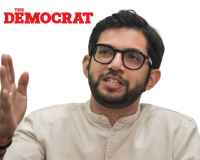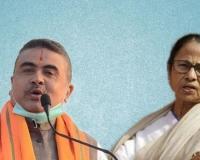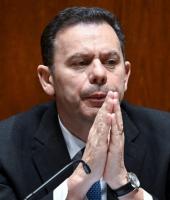Global gold demand grew to 1,123t in the second quarter of 2019
Overall demand was 1,123t in Q2, an increase of 8% compared with 1,038.8t in Q2 2018 Total consumer demand was down at 750.3, compared with 769.0t in the same period last year Total investment demand was relatively flat with 1% growth to 285.8t, compared with 282t in Q2 2018 Global jewellery demand increased by 2%
Overall demand was 1,123t in Q2, an increase of 8% compared with 1,038.8t in Q2 2018
Total consumer demand was down at 750.3, compared with 769.0t in the same period last year
Total investment demand was relatively flat with 1% growth to 285.8t, compared with 282t in Q2 2018
Global jewellery demand increased by 2% to 531.7t in Q2, up from 520.8t in the same period in 2018
Central bank demand increased by 47% to 224.4t compared with 152.8t in Q2 2018
Demand in the technology sector decreased by 3% to 81.1t, compared with 83.3t in Q2 2018
Total supply was up at 1,186.7t, from 1,121.3t in the same period last year
Recycling was up 9% at 314.6t, compared with 289.8t in Q2 2018
H1 gold demand jumps to three year high in 2019, driven by central bank buying and ETF inflows
Global gold demand grew to 1,123t in the second quarter of 2019, a rise of 8% on the same period last year, according to the World Gold Council’s latest Gold Demand Trends report. Continued central bank buying and sustained growth in gold-backed exchange-traded funds (ETFs) were the key drivers of this increase. Taken together with the first quarter of the year, gold demand increased to 2,181.7t in the first six months of 2019, an uplift of 8% compared with the first half of last year.
Central banks bought 224.4t of gold in Q2 2019. This took H1 buying to 374.1t – the largest net H1 increase in global gold reserves in our data series. In a continuation of recent trends, buying was spread across a diverse range of – largely emerging market – countries.
Holdings of gold-backed ETFs grew 67.2t in Q2 to a six-year high of 2,548t. Continued geopolitical instability, dovish commentary on monetary policy from central banks, and the rallying gold price in June were the main factors driving inflows into the sector.
A strong recovery in India’s jewellery market pushed demand in Q2 up 12% to 168.8t. A busy wedding season and healthy festival sales boosted demand, before the June price rise brought it to a virtual standstill. India’s growth drove modest improvement in the global jewellery total, up 2% y-o-y, to 531.7t.
Bar and coin investment in Q2 sank 12% to 218.6t. Combined with the soft Q1 number, this took the H1 total to a six-year low of 476.9t. A 29% y-o-y drop in China accounted for much of the global Q2 decline.
Gold supply grew 6% in Q2 to 1,186.7t. A record 882.6t for Q2 gold mine production and a 9% jump in recycling to 314.6t – boosted by the sharp June gold price rally – led the growth in supply. Looking at the whole of H1, supply reached 2,323.9t – the highest level since 2016.
Gold prices reached multi-year highs. The gold price rallied in June, breaking through US$1,400/oz for the first time since 2013. The price rise in some other currencies was even more pronounced. Among the factors driving this rally were expectations of lower interest rates, political uncertainty with further support coming from strong central bank buying.
Alistair Hewitt, Head of Market Intelligence at the World Gold Council, commented:
“June was a big month for gold. The price broke out of a multi-year trading range to hit a six-and-a-half year high and gold-backed ETF assets-under-management grew by 15% – the largest monthly increase since 2012. While the Fed’s dovish turn was a key driver for this, it also builds on a strong H1 which saw gold demand hit a three-year high, underpinned by extremely strong central bank buying. But we also saw an uptick in sales at an individual level as investors took advantage of June’s price rally to lock-in profits; jewellery recycling and retail bar and coin liquidations both rose.
“As we head into H2, we believe the factors underpinning ETF inflows and central bank buying, including looser monetary policy and geopolitical uncertainty, will continue. Consumer demand, however, may be a bit soft as people adapt to the higher price level.”





.jpeg)

.png)






.jpeg)

Comment List